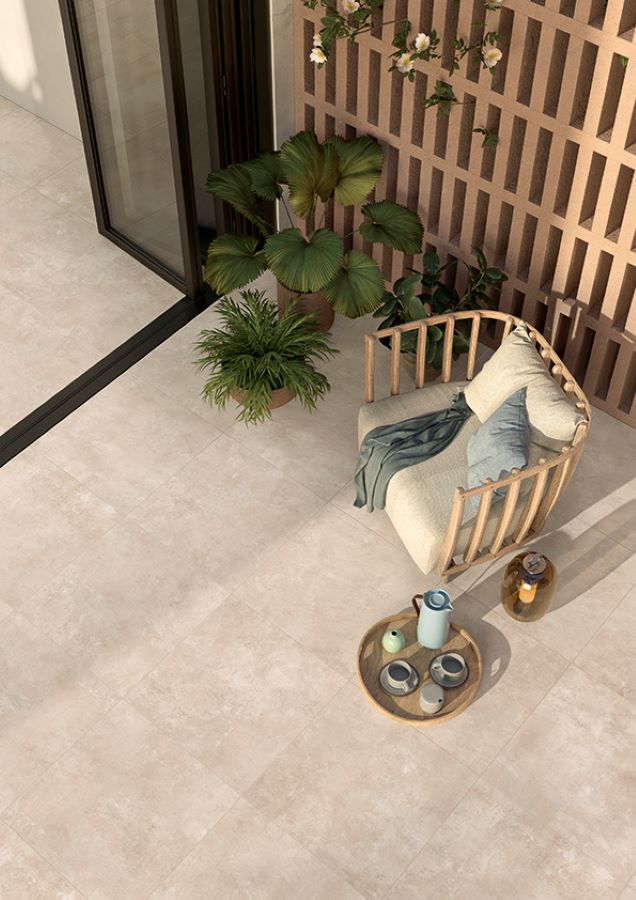| DIN 51130 | Slip Angle | Wet Slip Risk | Suitable For |
| R9 | 6-10 deg | High Risk | Dry Areas |
| R10 | 10-19 deg | Moderate | Areas kept mostly dry |
| R11 | 19-27 deg | Moderate | Can be occasionally wet |
| R12 | 27-35 deg | Low Risk | Commercial Wet Areas |
| R13 | 35 deg | Low Risk | Very Wet Commercial Areas |
| DIN 51097 | Uses |
| A | Dry barefoot areas (domestic use, kitchen, living rooms, bathroom) |
| B | Pool surrounds & showers |
| C | Commercial pools, jacuzzi’s & gym showers |
| R-Value (Shod Foot) | PTV |
| R9 | 11-18 |
| R10 | 18-34 |
| R11 | 34-51 |
| R12 | 51-70 |
| R13 | 70+ |
| ABC - Value (Bare Foot) | PTV |
| A | 21-31 |
| B | 32-42 |
| C | 45+ |
GET IN TOUCH
Call, Text, WhatsApp: 07395 011861
Landline: 01536 856 108
Email: hello@thetileportfolio.co.uk
Visit Us: The TilePortfolio Showroom, Glebe Farm,
A14, Junction 7, Kettering, NN16 8XF
Company No. 13033923
VAT No. 376573947
Reg. Office: Headlands House 1 Kings Court
Kettering, Northants, NN15 6WJ
2024 © Copyright The TilePortfolio Limited
